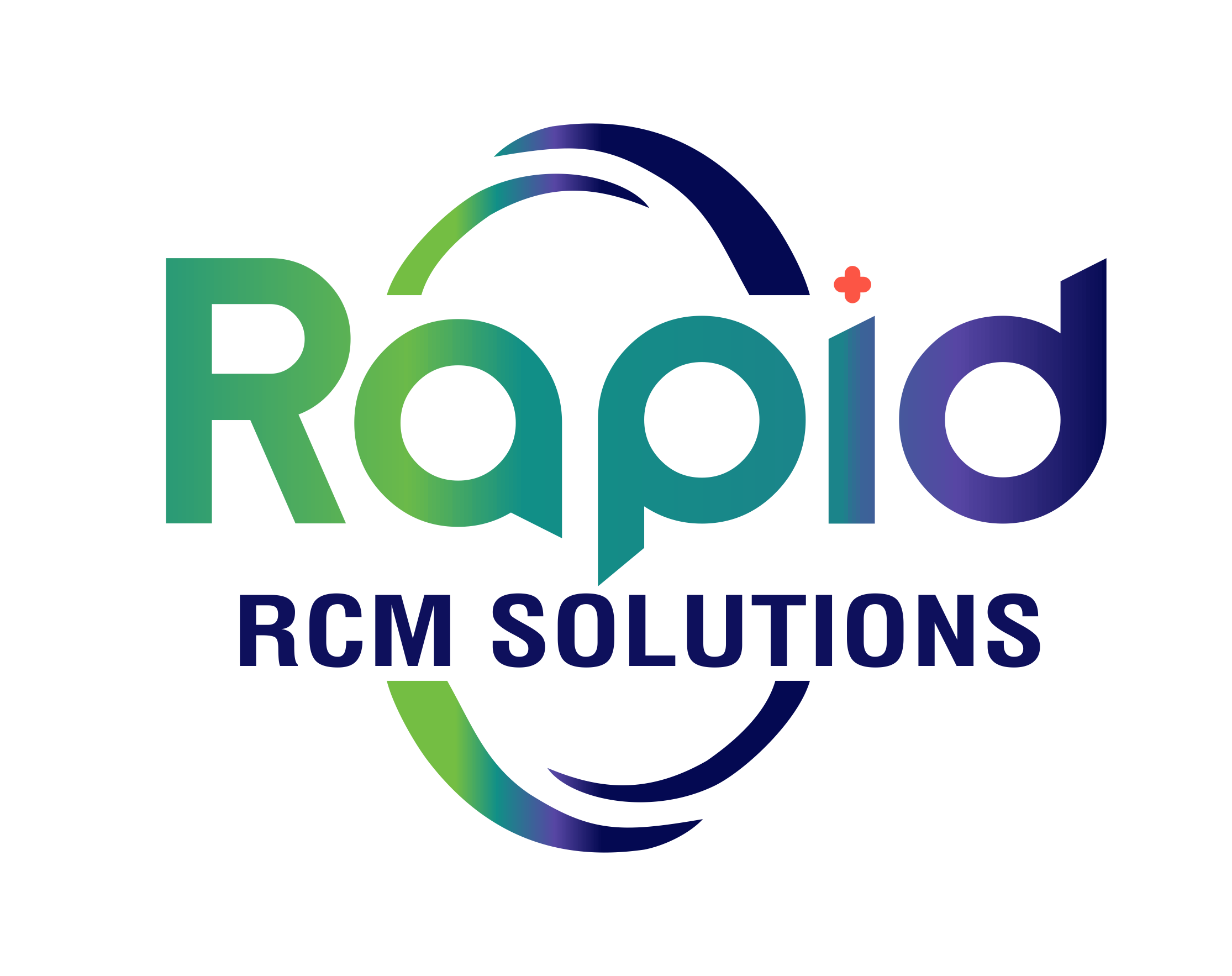Eligibility and benefits verification is the process that involves verifying a patient’s insurance coverage matches the billing procedure performed and determining what services are covered and the level of coverage available.
If you are like most people, you find it hard to get the information you need from your insurance company. We experienced the same thing, so we have learned how to talk with them. We have a dedicated team that is trained in understanding health insurance plans and benefits. We will verify your eligibility so you know what to expect when you come in for your visit.
It allows doctors to estimate what a patient will owe for the services and how it can help doctors collect payment at the time of service. It helps you gather the necessary authorizations before providing services. It not only provides benefits for the provider but also to the patient. It helps patients plan for their financial responsibilities, reducing stress. It gives patients a chance to look for another, lower-cost provider or a different insurance policy. It also helps patients plan for services.
Reason for Claim Denials in the Insurance Eligibility Verification Process
The primary reasons for claim denials in the insurance eligibility verification process are:
- Missing patient data: Missing patient data such as incorrect insurance ID numbers, incomplete demographic data, and outdated coverage details are one of the main reasons for claim denials. It happens because information is not captured right and not verified during the registration process and at the time of claiming the bill it gets rejected by insurance due to an unmatched claim to the patient’s policy which ends up in denials. So, ensuring that data is captured correctly is very important.
- Expired policies: Expired policies are another reason for claim denials. Expired policies refer to the situation in which a patient does not have active coverage under the provided plan. In many cases, patients are unaware of their expired policies and they submit them to insurance which often leads to claim denials. Regularly verifying a patient’s insurance status can avoid these issues and lead to smooth claim submission.
- Coverage effective: It refers to the date when a patient’s health insurance policy becomes active and eligible to cover medical services. Claim Denials occur when services are billed before a patient’s insurance coverage becomes effective. Eligibility and Verifications help identify when a patient’s health insurance policy is active and let the provider and patient know about the status. Ignorance of this step leads to denials, as the payer will not reimburse for services before the policy takes effect.
- Termination date: It refers to the date when the patient’s insurance date ends which means insurance will no longer pay the patient for any medical billing services. It means the patient is no longer active with insurance. When a patient is not aware of his insurance termination and a claim submitted for services provided after the termination date is typically denied. Therefore, Prior Verification termination dates are important to ensure that the patient’s insurance is valid at the time of service to avoid claim denials.
How to Verify Medical Insurance Eligibility
- Medical Insurance Verification Process
- Obtain patient demographics (name, date of birth, address, insurance provider, etc.).
- Copy both the front and back of the patient’s insurance card.
- Add the patient to the EHR, PM, or RTE tool.
- Add the patient’s insurance information into the EHR, PM, or RTE tool.
- Check the patient’s eligibility electronically by selecting the appropriate benefit and service type.
- Identify the following information from the eligibility check:
- Who is the policyholder?
- What is the policy’s effective date?
- Does the policy have a term date?
- Does the patient have a co-pay or coinsurance?
- What are the patient’s deductible and accumulations?
- What are the patient’s out-of-pocket maximum and accumulations?
- Does the service require a pre-authorization?
- Does the patient have out-of-network coverage if the provider is out-of-network with the payer?
- If the service requires authorization, contact the payer to determine their authorization process.
- Inform the patient of their financial responsibility.
- Collect the patient’s responsibility before their scheduled appointment or treatment.
How eligibility and benefits verification reduce medical billing denials
Eligibility and benefits verification plays a crucial role in reducing medical billing denials by ensuring that healthcare providers have accurate, up-to-date information regarding a patient’s insurance coverage. Here’s how it helps
1. Accurate coverage verification: One of the critical standout areas is Accurate Coverage Verification, where the healthcare provider establishes whether the patient’s insurance is valid and effective from the date the service was rendered. The important information that can help prevent a provider from submitting for claim services that are not covered by the patient would include the policy effective and termination dates and other restrictions or exclusions. This process also assists in determining other conditions that are inherent in certain treatments and need to be fulfilled for claims to be approved like authorizations or referrals. It is advisable to check on coverage before rendering the service to minimize work denial resulting from previously rejected coverage and mitigate the number of times one has to resubmit work leading to enhanced payment frequency.
2. Identification of Policy Limitations: Eligibility verification also reduces claim denials through another manner. Identification of Policy Limitations is also identified. Insurance contracts frequently contain certain conditions, which may include coverage limitations, service limitations or ‘exemptions’, or pre-admission requisites. All these are areas of limitations that need to be identified during the eligibility check so that the planned services fall within the customer’s insurance plan. This helps the provider to be knowledgeable of any exclusion or out-of-network issue that is likely to result in denial. Accidentally identifying them at later stages affects a provider’s treatment plan or warns the patient of likely incurred costs hence avoiding cases where a provider’s claim gets rejected and making the billing process smooth.
3. Verification of Patient Responsibility: Verification of Patient Responsibility is essential in reducing claim denials and ensuring smooth payment processes. During eligibility verification, healthcare providers can confirm a patient’s financial obligations, such as co-pays, deductibles, and coinsurance amounts. By accurately identifying these responsibilities before services are rendered, providers can bill patients correctly, reducing the chances of errors that lead to claim denials. This verification also ensures that patients are informed of their out-of-pocket costs upfront, minimizing billing disputes and improving collection rates. A clear understanding of patient responsibility helps avoid confusion, enhances patient satisfaction, and ensures claims are processed without unnecessary delays.
4. Prevention of Duplicate or Conflicting Insurance Information: Elimination of duplication or conflicting insurance information is very important when it comes to cases of denying or billing. Patients often have discrepancies in insurance policies or the policy may be outdated meaning that the payer may receive conflicting or duplicate information. Verification of eligibility prevents one from making errors like assigning the wrong secondary and primary payers such as billing the wrong payer first. Insurance numbers or other details must be verified and updated at the time of service so that during claim rejection due to mismatched details or conflicting insurance information the process will not be hampered and payment time will be reduced.
5. Identification of Pre-Authorization Requirements:
Pre-authorization requirements are one of the eligibility verifications that are helpful in the reduction of claim rejection. Most insurance policies help cover specific services, treatments, or procedures that may need prior authorization. The inability to obtain such authorization leads to claim rejections because the payer will not pay for services that were not preauthorized. Before delivering care, the necessary authorizations need to be confirmed because many denials stem from authorization problems that would have been uncovered in pre-authorization checks. It saves on cost and follows insurance regulations; claims are to be paid and reimbursed without much hassle.
6. Prevention of Out-of-Network Denials:
Out-of-network denials are a critical eligibility verification category that prevents rejections of claims. It is common for various insurance schemes to exist with multiple networks of caregivers, and thus any service by out-of-network practitioners may be paid by patients or not at all. Confirming a provider’s credentials before offering a service is important as to confirm whether the provider is in the network or not. If the provider is out of network the patient is first informed that he or she may be required to pay more. Contracting with the network in advance lets the healthcare provider exclude the cases of denial of out-of-network services, minimize patient surprise billing, and guarantee the proper flow of claims and their punctual payments.
7. Reduces Errors in Patient Demographics: Reducing Errors in Patient Demographics is a key benefit of eligibility verification in preventing claim denials. Claims are often rejected due to mismatched or incorrect patient information, such as name spelling, date of birth, or insurance ID numbers. Verifying patient demographics before submitting a claim ensures that the information on file matches what is in the payer’s records. This step helps prevent denials caused by simple data entry errors or outdated details. By ensuring demographic accuracy from the start, healthcare providers can avoid unnecessary claim rejections, reduce rework, and ensure faster reimbursement.
8. Detects Coverage Changes:
As with every eligibility verification, it is considerably important hence the function; Detects Coverage Changes, which prevents denials of claims. Employees’ insurance coverage can be lost due to a new job, improved coverage, or other circumstances and when such issues are not detected, claims are processed under the wrong payer or with the wrong coverage. Through proper cross-checking of all patients’ eligibility, acupuncture healthcare providers are always in a position to identify other policy numbers/details on payer changes, among others. It also minimizes the situation where the claim is submitted to the wrong insurer or wrong information is fed to the insurer by the employer.
Why Choose Rapid RCM Solutions, LLC
Partnering with us means entrusting your medical billing and revenue cycle management to a team of professionals who are dedicated to your provider’s accuracy and success. With more than ten years’ experience, Axiom is equipped with all necessary services starting from eligibility and verification to submission of claims, denial management, as well as payment posting. It is our vision to deliver end-to-end administrations that will notably cut forms, decrease claim mistakes, and guarantee you get reimbursed quickly to enable you to center on patient care. We also factor in health care laws and regulations, to make sure your practice is legal and that you make as much money as possible.
This way our approach is focused on your requirements and can be as suited to a single practitioner as to a big healthcare concern. Our services respond to your business nemedieds: insurance credentialing, free audits, and specific billing services according to your operational needs. Here, our DEA sufferer’s centrality of value – being accurate with patient data, coverage, and billing code, greatly reduces the potential for claims rejection. Professional approach, openness, and affordability make us your ideal Revenue Cycle Management provider that will enhance your business’s financial outcome.





